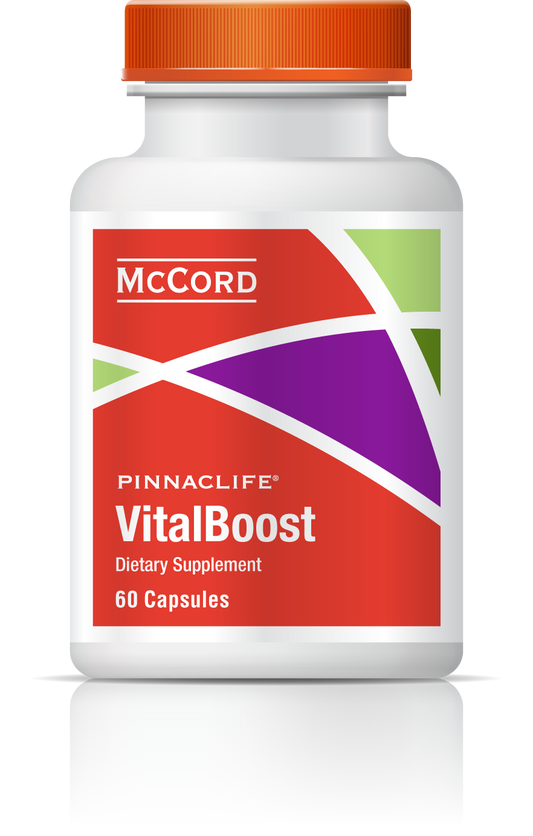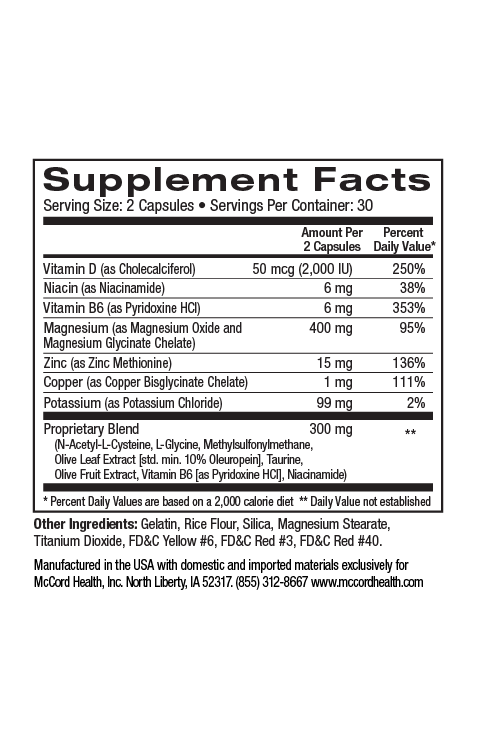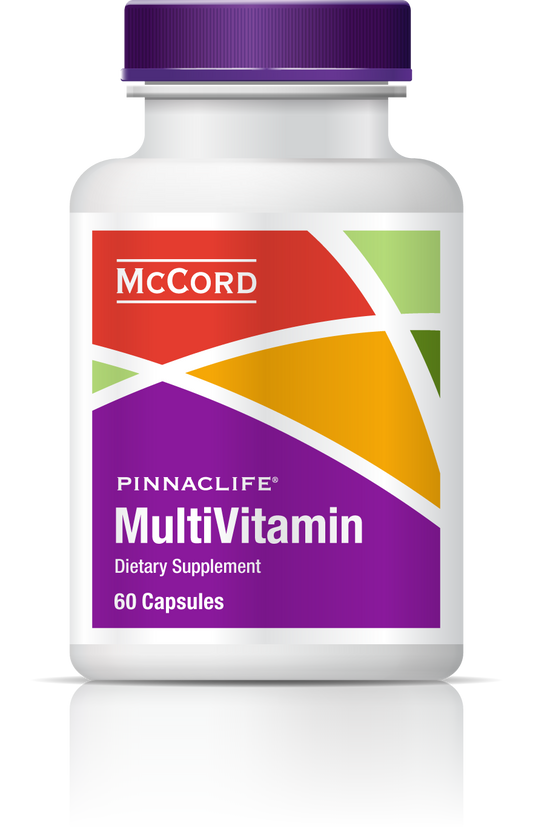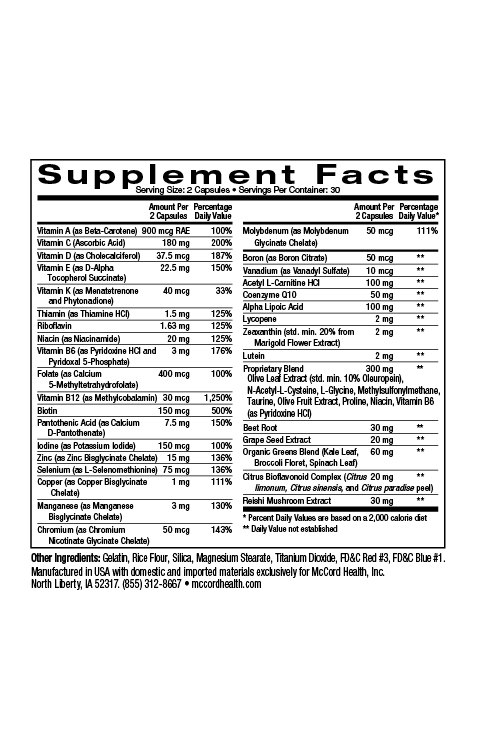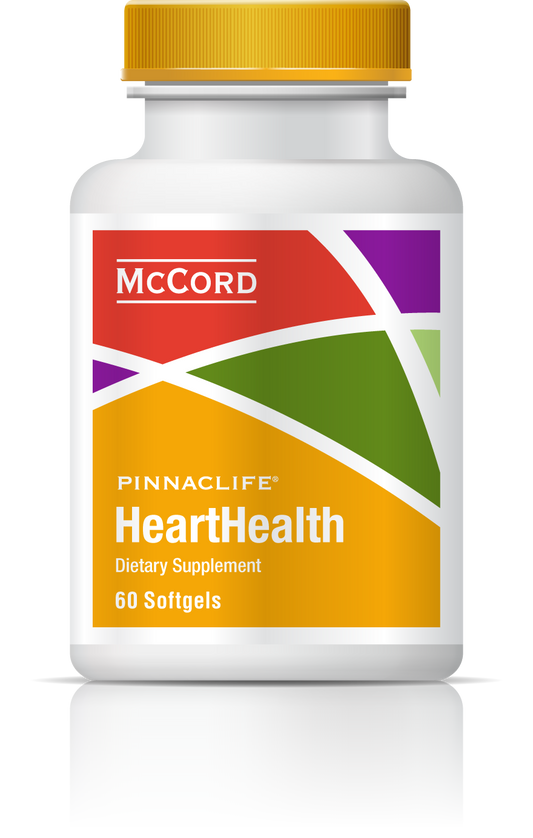Understanding and meeting your daily nutritional needs can often feel like navigating a maze, especially with the plethora of information available. This blog aims to simplify the concept of Recommended Dietary Allowances (RDA) and provide practical advice on how to meet these needs every day.
What is RDA and Why It Matters
The Recommended Dietary Allowance (RDA) is a daily dietary intake level of essential nutrients considered sufficient to meet the nutrient requirements of nearly all healthy individuals. But why exactly does this matter to you? Simply put, the RDA helps ensure you are getting the right amount of nutrients necessary to maintain good health. This concept is particularly important when considering how individual nutrient needs vary. From vitamins to minerals, each plays a crucial role. The National Institutes of Health clarifies that RDAs are based on scientific findings to aid in the prevention of nutritional deficiencies. Understanding its significance can help you make informed dietary choices.
Let’s break it down further. Essentially, RDA is not just about preventing deficiencies but optimizing wellness. For example, adequate vitamin intake not only helps prevent diseases but also supports bodily functions like metabolism and immune response. The interplay of nutrients in maintaining balance is complex, yet grasping the basics of RDA can foster a proactive approach towards health management. This knowledge empowers you to choose diets tailored to your health goals and life stage requirements.
Identifying Your Nutritional Needs
Every individual has unique nutritional needs based on factors such as age, gender, weight, and level of physical activity. But how do you determine what’s right for you? It’s helpful to start with dietary guidelines established by health authorities, as they adapt the RDA to accommodate life’s varying demands. Individuals in different life stages require specific nutrients. For example, pregnant women have increased folate needs to support fetal development. Consistently assessing these requirements can align your diet with your health objectives.
Engaging with a healthcare professional or nutritionist can also be critical. They provide insight tailored to your personal health conditions, making it easier to understand your unique intake requirements. Staying active in evaluating your lifestyle alongside your health markers can further guide your decisions. Customizing your nutritional approach ensures that you’re not only meeting the basic RDAs but also optimizing your diet for health and activity level. From bone health to cognitive support, understanding these needs steers us towards balanced, nourished living.
Tips for Achieving 100% RDA Through Diet
Achieving your daily RDA through diet is possible with mindful eating habits and balanced meal choices. Incorporating a variety of foods from all food groups is key to ensuring you meet all your nutritional needs each day. But where do you start? DebbieJ suggests incorporating staples such as unprocessed meats, fresh fruits, and vegetables to supply essential vitamins and minerals. For example, a serving of salmon offers vitamin D, while almonds can boost your vitamin E intake. By selecting a diverse range of nutrient-rich foods, you can masterfully navigate towards 100% RDA.
Planning your meals with a combination of macronutrients and micronutrients is invaluable. You might find that cup of plain yogurt complements your protein requirements, while also providing vital B vitamins. Additionally, pair spinach with dairy or citrus fruits to enhance iron absorption. Learning simple strategies like these can supercharge your diet. Practicing variety within each food group not only fulfills your RDA but invigorates meals, making healthy eating more enjoyable and sustainable.
Moreover, it’s important to note that while foods vary by culture and preference, universal nutrients such as vitamin C are easily included through foods like oranges, broccoli, or strawberries. Experiment with recipes to keep your palate excited and your body nourished. Remember that achieving 100% RDA is about consistency and selection over time. By rotating foods like legumes, nuts, and seafood, you cover the spectrum of nutrient requirements without resorting to repetitive meals.
Common Nutrient Deficiencies and Solutions
Despite best efforts, some nutrients are commonly lacking in many diets. Identifying and addressing these deficiencies through dietary choices or supplements can help you maintain optimal health. Iron deficiency, for instance, affects energy levels and can be managed with fortified cereals or increasing red meat intake. Lack of vitamin D, often due to limited sun exposure, can be countered with fatty fish or fortified dairy products.
Vitamin B12 deficiency is also prevalent, particularly among vegetarians, yet it can be replenished through fortified foods like plant-based milks or supplements. Being aware of these common gaps in nutrition allows you to remedy them proactively. Nutrient deficiencies often lead to subtle health issues that can escalate if left unaddressed, hence continual assessment and adjustment of your diet are necessary.
On the other hand, fiber is one nutrient that frequently escapes attention. Yet, its absence contributes to digestive issues. Boosting fiber through whole grains, vegetables, and legumes can immensely improve your digestion and heart health. Therefore, understanding where these deficiencies commonly occur empowers you to take action and make dietary adjustments. Strengthening your knowledge of potential gaps enriches not only your health but also enhances overall vitality.
Using Supplements to Fill the Gap
While whole foods should be your primary source of nutrients, supplements can play a role in filling nutritional gaps. Understanding when and how to use them effectively can empower you to reach your RDA goals. Supplements should be considered an enhancement rather than a replacement for a well-rounded diet. For example, athletes with higher iron requirements might find iron supplements beneficial alongside their diet.
In life phases such as pregnancy or aging, where certain nutrients like folic acid or calcium are needed in greater amounts, supplementation provides a complementary approach to ensure daily requirements are met. Consulting with healthcare providers ensures that any use of supplements is aligned with your health needs and goals. Moreover, being informed about the specific role and interaction of each supplement with your diet is crucial.
Ultimately, while supplements offer convenience and assurance, they are most effective when integrated into a comprehensive nutrient plan. Having a thorough understanding of their benefits and limitations reinforces your position in navigating health products wisely. Adopting a supplement routine where needed bridges nutritional gaps, safeguarding against shortfalls while promoting overall wellness.
Empowering Your Health Journey
Meeting your 100% RDA is a powerful step toward achieving optimal health and wellness. By understanding your nutritional needs, making smart dietary choices, and maintaining a balanced lifestyle, you can ensure that you’re giving your body the nutrients it requires to thrive.


